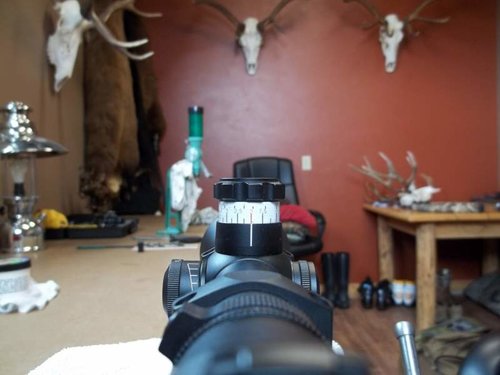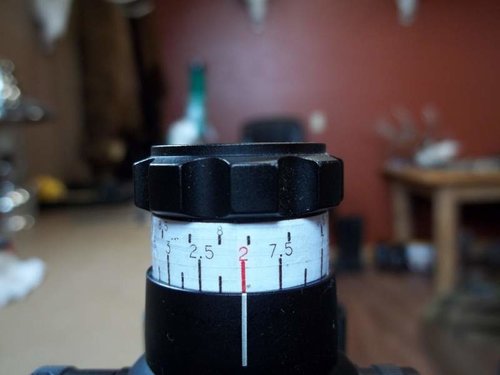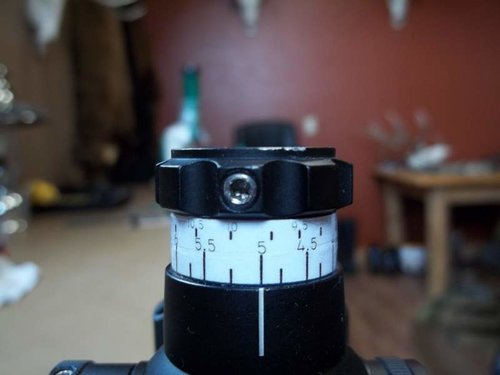drahthaar
Active member
I have been reading about scopes. Adjustable turret 1/4 MOA, 1/2 MOA, 1 MOA.
Does anyone know a site or have a good link to how these scopes "work". Say I have a 1/4 MOA adjustable turret scope, say your rifle is sited in dead nuts at 100 yard zero.
Now you range a target at 300. How many "clicks" is that? I seriously can't find a good explanation to figure this out?
I am just lost on this? Obivously different calibers, bullets, etc will affect this.
Do you figure out how many clicks "at the range", then make yourself a card for your stock?
And yes, I know you can just get the CDS system with the actual yardage, but I want to know how the MOA system works.
So any good link would help. I just can't seem to find one.
Does anyone know a site or have a good link to how these scopes "work". Say I have a 1/4 MOA adjustable turret scope, say your rifle is sited in dead nuts at 100 yard zero.
Now you range a target at 300. How many "clicks" is that? I seriously can't find a good explanation to figure this out?
I am just lost on this? Obivously different calibers, bullets, etc will affect this.
Do you figure out how many clicks "at the range", then make yourself a card for your stock?
And yes, I know you can just get the CDS system with the actual yardage, but I want to know how the MOA system works.
So any good link would help. I just can't seem to find one.








